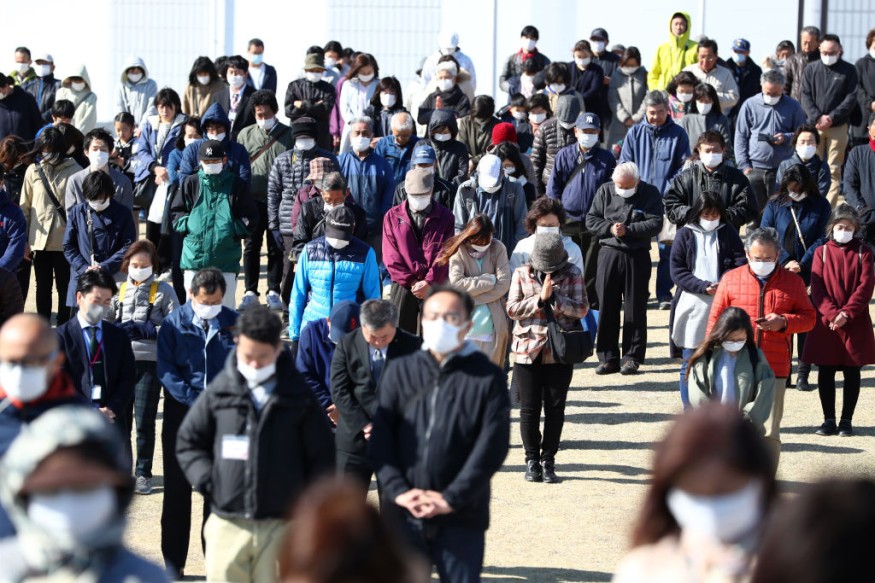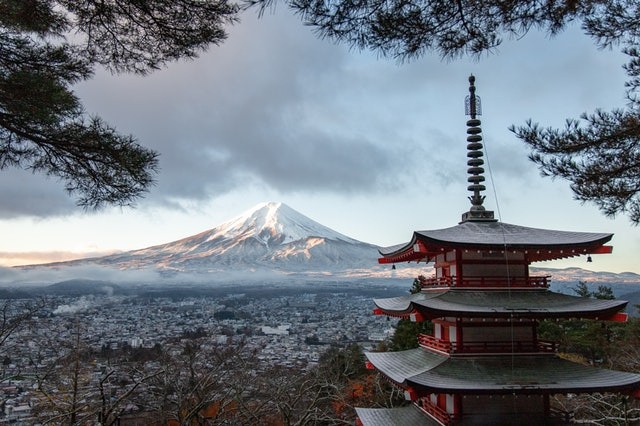[UPDATE 12:10 AM] This earthquake was upgraded to magnitude 7.3 from prior M 7.1 off the coast of Fukushima prefecture. A total of 12 aftershocks were felt, according to Japan Meteorological Agency.
At least 30 people injured in Miyagi, Fukushima after quake. Multiple powerplants are offline, as reported by Kyodo News, altthough no abnormalities are uncovered at the Fukushima Daiichi and Daini nuclear power plants, according to Tokyo Electric Power.
The same was said of the Japan Atomic Power Co.'s inactive Tokai No. 2 nuclear power plant in the village of Tokai in Ibaraki Prefecture and Tohoku Electric Power Co.'s Onagawa nuclear plant in Miyagi Prefecture, as revdaled by the operators.
It is believed to be more jarring than the 2011 Great East Japan Earthquake, even if
it was still a grave and unnerving reminder of the 8.9-magnitude earthquake and tsunami that devastated Japan in 2011, which cost the lives of 16,000 people.
"The initial jolt felt more powerful than the one I experienced in the Great East Japan Earthquake (in 2011)," said Tomoko Kobayashi, 68, who works at an inn. "I wondered if it would end."
🚨JUST IN: Japan earthquake upgraded to magnitude 7.3 from prior M 7.1 off the coast of Fukushima prefecture.
— Kurumi Mori (@rumireports) February 13, 2021
12 aftershocks were felt, according to Japan Meteorological Agency. pic.twitter.com/CVDQlamZct
Original Story:

According to reports by the Japan Meteorological Agency, northeastern Japan witnessed an earthquake with a magnitude as high as 7.1. This occurred in the late hours of Saturday night.
The earthquake was felt in different areas of Japan but especially close to Fukushima prefecture at a depth of 60 km (36 miles),and in the capital city of Tokyo. The earthquake occurred at about 11:08pm local time and caused quaking of buildings.
From reports, the earthquake did not trigger a tsunami and there haven't been any severe damage recorded. However according to the Tokyo Electric Power Co, the incident triggered power outages in more than 800,000 households. The government has since set up a task force to respond to the situation.
The local media reported that the nuclear plants in the most affected city, Fukushima, were not affected by the earthquake. Coincidentally, the earthquake took place just less than a month before the 10 year anniversary of the major earthquake that occurred back in 2011.
ALSO READ - Earthquake and Later Effect, More About Delay Effect Landslides

The Fukushima Daiichi Incident
The disaster which occurred in March, 2011 at the Fukushima Daiichi Nuclear power plant in Okuma left 19,000 people dead and missing. This was as a result of the Tohoku earthquake and tsunami that occurred in the same year. The earthquake caused significant damage to the region and the subsequent tsunami that followed led to even more damage.
Over a million buildings were either destroyed or collapsed and it caused a death toll of about 19,000 accompanied with distruction to coastal ports and towns, with over a million buildings destroyed or partly collapsed. Since the Chernobyl nuclear disaster in 1986, the incident has been the most severe nuclear incident. After the incident, public sentiment has been against the operation and usage of nuclear power.
RELATED ARTICLE - Survival Tips, What to do During an Earthquake
© 2025 NatureWorldNews.com All rights reserved. Do not reproduce without permission.





